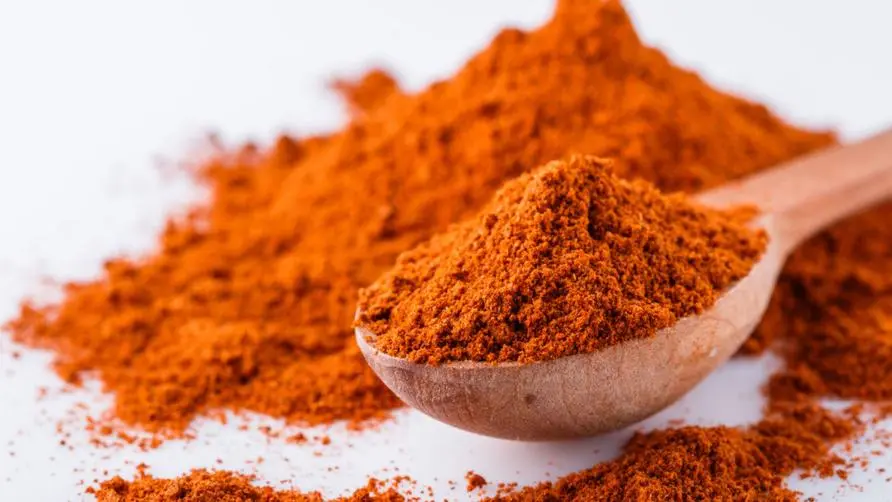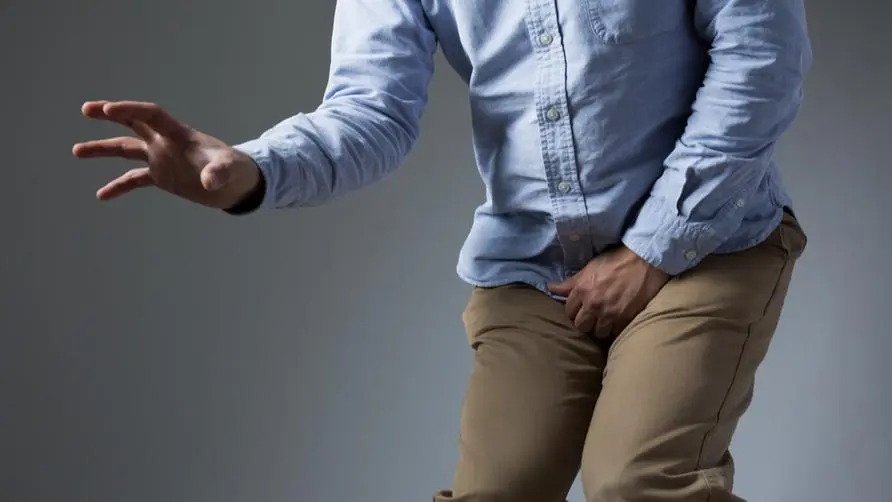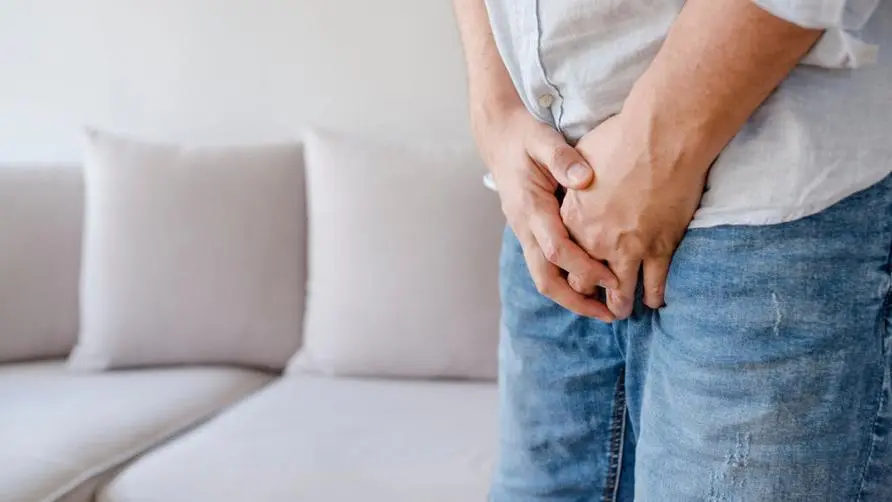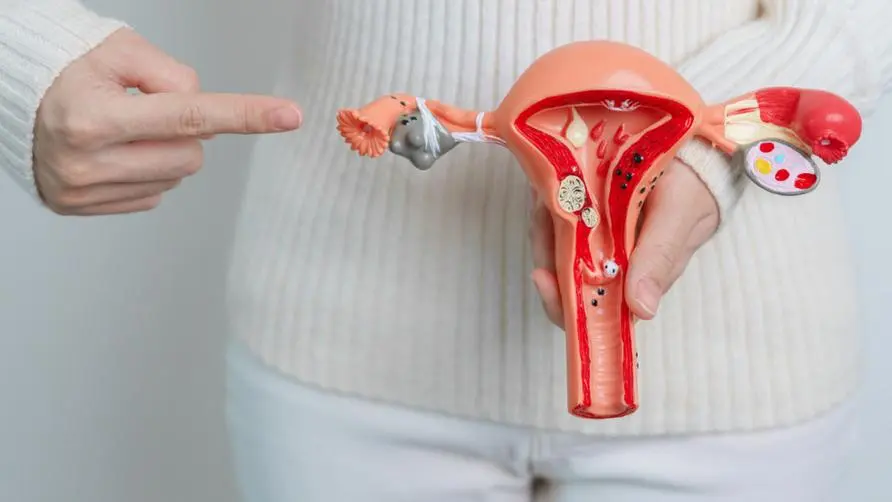If hematuria has not healed for half a year, beware of "kidney stones"! Doctors reveal: "1 in 10 people over the age of 30" may win the bid
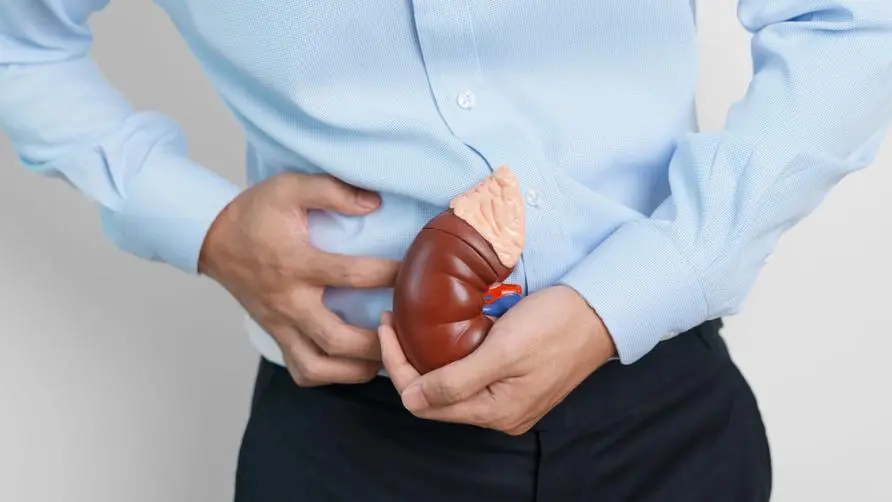
An 80-year-old man’s hematuria did not heal for half a year and the test result turned out to be “kidney stones”.
An 80-year-old Arbor has a history of hypertension, hyperlipidemia and stones. He had a stroke 13 years ago and a cardiac stent 6 years ago. He takes anticoagulants regularly. He started to develop painless hematuria half a year ago. The examination revealed a 2.5 cm stone in the right renal pelvis, and the mucosa at the junction of the right renal pelvis and ureter was thickened, suggesting a suspected lesion.
Since the stone still caused hematuria intermittently after drug treatment, and he was worried about renal mucosal lesions, and the patient wanted to have the stone treated and the right kidney and ureter examined at the same time, he underwent flexible ureteroscopy, and the stone was cleared after surgery. No hematuria.
Where can urinary tract stones occur? Is it difficult to detect with imaging examinations?
Dr. Cai Shuwei, an attending physician at the Department of Urology at Cathay General Hospital, pointed out that the urinary tract system covers the kidneys, ureters, bladder, urethra and other parts, and urinary tract stones refer to stones that occur in these parts. The aforementioned hematuria of Abo was caused by kidney stones. The cause of the stones was related to Abo’s personal constitution and his heart disease, which made him unfit to drink more water.
In addition, other causes of hematuria include infection, tumors, and unknown causes. Clinically, different examinations are generally arranged based on age and symptoms. For early-stage tumors in the mucosa of the renal pelvis and the junction of the renal pelvis and the ureter, it is difficult to detect early using imaging examinations and rigid ureteroscopy. However, the current flexible ureteroscope can be bent to 270 degrees, helps to examine every corner of the kidney, and is suitable for diagnosis and treatment of kidney stones, tumors in the renal pelvis, unexplained hematuria, ureterorenal pelvic stenosis and renal structural abnormalities.
Is surgery necessary for urinary tract stones? Medical Reveals Three Situational Treatment Strategies
Currently, stones smaller than 0.5 cm are treated clinically. If there is no urinary tract infection or obstruction, it can be observed first to see if they can be passed out on their own. If the stone is between 0.5 and 2 centimeters, extracorporeal shock wave lithotripsy can be considered to crush the stone and expel it from the body; however, if the stone exceeds 2 centimeters, surgery is often required to remove it. Since the patient has been taking anticoagulants for a long time and the calculus is 2.5 cm long, if percutaneous nephrostomy is performed, there is a risk of bleeding, high surgical risks, postoperative wound pain, and the need for hospitalization for 1 week. about.
After the professional medical team evaluates the patient’s cardiopulmonary function and ureteral condition, it is recommended to use flexible ureteroscopy with laser at your own expense, which can help to simultaneously treat ureteral and renal stones and some tumors. A flexible ureteroscope is used to enter the body through the urethra, and then a laser is used to break the stones into powder, which is excreted with the urine. There are no wounds during the operation, and the patient only needs to stay in the hospital for two days, which helps to improve the safety of the operation.
Dr. Cai Shuwei pointed out that Taiwan is located in the subtropics and is a prone area for stones. The prevalence rate is about 1 in 10 people who may suffer from the disease. It is especially common in those between 30 and 50 years old. In summer, the temperature is high, sweating is high, and urine output is low. The number of patients with stone attacks in summer is 3-5 times that in winter. In addition, if prevention is not done after treatment, the recurrence rate of stone patients will be as high as 50-60% within 5 years.
Therefore, unless the patient has heart disease or kidney disease, it is recommended that the public should add 2 liters of water every day, exercise more to help metabolism, eat less salt, eat less meat, and drink less coffee and tea. It is also reminded that kidney stones usually have no symptoms. However, if pain, repeated infections, hematuria, continuous enlargement, or impact on kidney function occur, you should seek medical treatment as soon as possible and actively deal with it.
Extended reading: A 20-year-old young man has “three hundred kidney stones” in his body! Doctors reveal the reason behind: Drinking “1 drink” as water is extremely harmful

